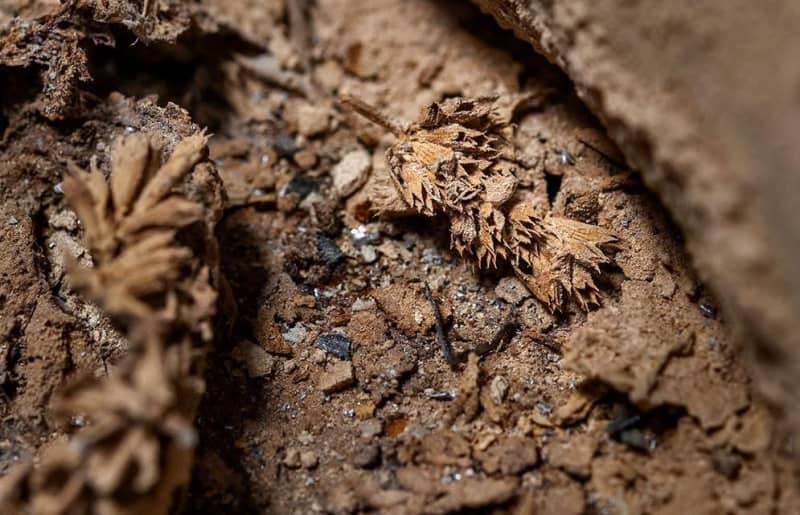
Hundreds of years old coffins were found under the transept of the cathedral last spring. The identity of the second deceased is clear and a lot is already known about the other, although the name remains a mystery.
The Notre Dame Cathedral in Paris is gradually getting back on its feet after the fire that completely destroyed it in the spring of 2019. Notre Dame, with its former appearance but modernized in many ways, is scheduled to open to the public in 2024.
At the same time as the building’s repair work, research has progressed this year in which the story of the two deceased who were buried in their sarcophagi centuries ago under the transept of the church has been investigated.
Their coffins were found last spring, when scaffolding was being erected for the construction of the new church tower, and archaeologists were investigating what would be left under the heavy scaffolding.
Sculptures and original wooden material from the 13th century were soon found under the floor, and when the excavations progressed to a depth of one meter, coffins were also revealed.
One thing was known for certain about the deceased: they belonged to the elite of their time. It was clear from both the grave site and the material of the coffins. Few dead would not have been buried in lead coffins in the heart of Notre Dame.
Quite a lot has been found out about the second deceased. The name also came out quickly, as it was written on a brass plate attached to his coffin. Three medals were placed on top of the coffin.
Lead is suitable for protecting human remains, but the coffin was already damaged long before the fire. The oxygen that has seeped in has done its job on the soft tissues. However, bones, hair, shavings and scraps of clothing remained from the deceased to be examined by the archaeological institute INRAP.
Analyzes of the remains show that de la Porte took exceptionally good care of his teeth for his time, but he was not very mobile based on his bones. He also might have liked both rich food and drink, because the big toe showed signs of gout, which can often be interpreted as a standard of living disease.
However, it is not the cause of death, and no explanation of what took his life has been found in de la Porte’s remains, at least so far.

Another of the dead of Notre Dame is named by the researchers as \”Cavalier\ a gentleman who enjoyed riding. His bones suggest that he rode a lot at a very young age.
The cavalier’s life ended between the ages of 25 and 40, and he does not seem to have been a contemporary of de la Porte. This is indicated by, among other things, the difference in the coffins. They differ from each other in their shape and construction as well as their metal alloy.
The cavalier’s coffin was shaped to fit his body, based on which he could have lived even as early as the 14th century, i.e. the time when Notre Dame’s two-hundred-year construction work was completed.
The flowers and leaves found in his coffin, which must have originally been a wreath on his head, are proof of his aristocracy, researchers speculate.
On the other hand, sawing the skull open and the remains of plants on top of the body suggest that the body was embalmed, which was quite rare in the Middle Ages but became more common in the modern era.

What about Kavaljeer’s cause of death? According to the researchers, tuberculous meningitis could be his fate. Teeth that were in very poor condition also indicate a chronic disease, the researchers say.
Investigations into the remains of Cavalier and de la Porte are still ongoing. It is hoped that they will reveal more information about both causes of death and diets and also about where they were born.
When the investigations are over, both deceased will be returned to Paris for burial. The final burial place is not clear, but according to INRAP, it might be Notre Dame rising from the ashes.
The video in Yle Areena shows how close it was that there was nothing left to repair at Notre Dame.
